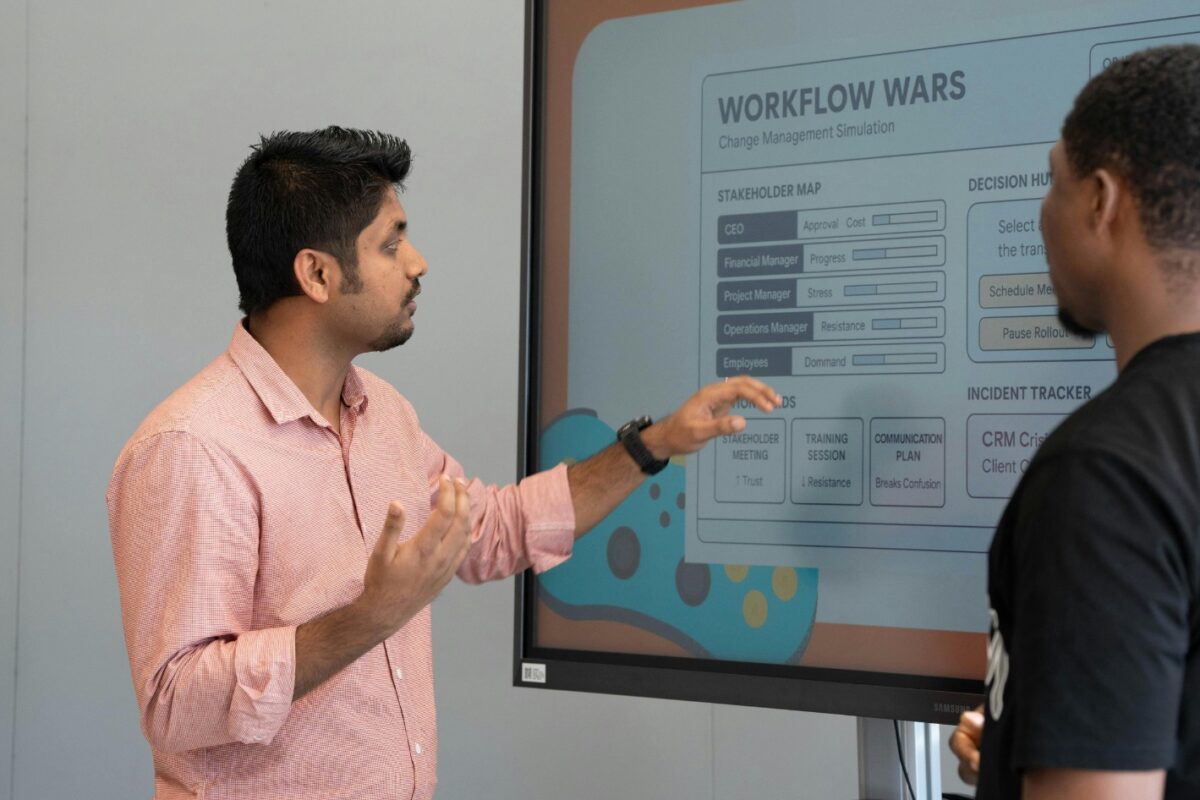Read on LinkedIn
Execution failures are rarely effort issues.
They’re design failures in disguise.
Most teams don’t underperform because they’re unmotivated.
They underperform because they’re moving through:
– Uncodified clarity
– Delayed enablement
– Misaligned consequence models
These aren’t behavioural gaps—they’re structural fractures.
High-trust ecosystems thrive when:
✓ Clarity is embedded as a discipline
✓ Coaching is preloaded—not reactive
✓ Accountability is diagnostic—not punitive
Execution isn’t just about doing more.
It’s about designing environments where doing flows naturally.
That’s the invisible edge high-performing orgs quietly build.
(Originally triggered by a powerful insight from Ram Charan Sir—grateful for the prompt that sparked this lens.)
Talent isn’t managed. It’s orchestrated
*Talent isn’t managed. It’s orchestrated.*
Read on LinkedIn
Most systems still approach talent like an input variable—linear, fungible, and utility-bound. But in reality, talent behaves more like energy: contextual, volatile, and often misread by those attempting to contain it.
The real question isn’t “How do we manage talent?”
It’s “How do we architect ecosystems where latent force compounds into institutional momentum?”
This shift requires activating three silent levers:
1. Asymmetry Recognition – Uncovering hidden catalysts invisible to hierarchy or role labels.
2. Cadence Modulation – Mastering the pause. Deployment is not always the answer.
3. Systemic Friction Mapping – Where underperformance signals architecture, not attitude.
Sustainable advantage rarely lies in hiring the best. It lies in unlocking what others overlook, in ways they never anticipated.
In high-trust environments, talent doesn’t need retention.
It evolves—with the system, through the system.
That’s when institutional memory transforms into institutional force.
HR is not a function, It’s a force multiplier
If you’re still treating HR as a cost centre, you’re missing the point — and the upside.
🔹 Talent isn’t just a resource. It’s your strategic advantage.
🔹 Culture isn’t just about feel-good values. It’s your execution engine.
🔹 Leadership development isn’t a “program.” It’s how your org scales wisely.
Why Every CHRO Needs a Job Architecture Blueprint in 2025
🧩 Why Every CHRO Needs a Job Architecture Blueprint in 2025
The most forward-thinking HR leaders aren’t just filling roles. They’re engineering the architecture of agility.
Job Architecture Design – the strategic blueprint that aligns every role with business value.
🔍 Core Components
📌 Job Families & Levels – Clear career tracks, from apprentice to expert
📌 Role Clarity – Purpose-driven job design with measurable outcomes
📌 Compensation Bands – Aligned to role complexity and strategic impact
📌 Workforce Planning – Drives capacity modelling and Org forecasting
📌 Org Agility – Enables reconfiguration at scale during pivots or growth phases
📈 In a world of constant change, rigid org charts won’t cut it.
A scalable, strategic job architecture is your foundation for transformation.
💬 How is your org aligning roles to strategy in 2025?




